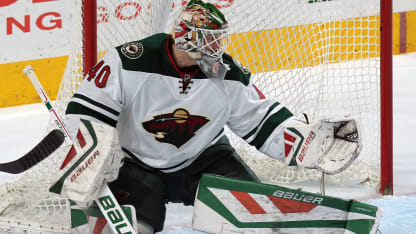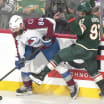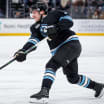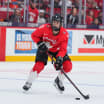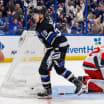Cory Schneider of the New Jersey Devils, Devan Dubnyk of the Minnesota Wild and Braden Holtby of the Washington Capitals are among the goalies leading the conversation on the players' side.
Whitmore said the buy-in from the goaltenders and the NHLPA has provided an impetus to this reform, which stalled during past attempts.
"I'm not going to lie, there was a lot of skepticism in the room by the [general] managers because it has been 'Groundhog Day' on this topic," Whitmore said. "The question was asked today, 'Well, what's different this time around?' Well, we are attacking it together."
All parties said they believe the changes will benefit the game.
"Ultimately, we have to acknowledge that the goaltending position, the athletes, the technique, has greatly improved in the last 20 years," Tampa Bay Lightning general manager Steve Yzerman said. "That's No. 1. These guys are big, fit, and the technical part of the position has greatly improved. But the goaltenders' equipment has grown incredibly, so the combination of better athletes, better technique and equipment makes it difficult. We don't want them to be less of an athlete and less technically good, but we have to get some control over this equipment."
Colin Campbell, NHL senior vice president of hockey operations, said the rulebook already addresses goalies who deviate from the rules regarding pad size, and they will be used to enforce the new criteria.
If a player is caught breaking the rules regarding equipment, he is subject to a two-game suspension and a $25,000 fine.
